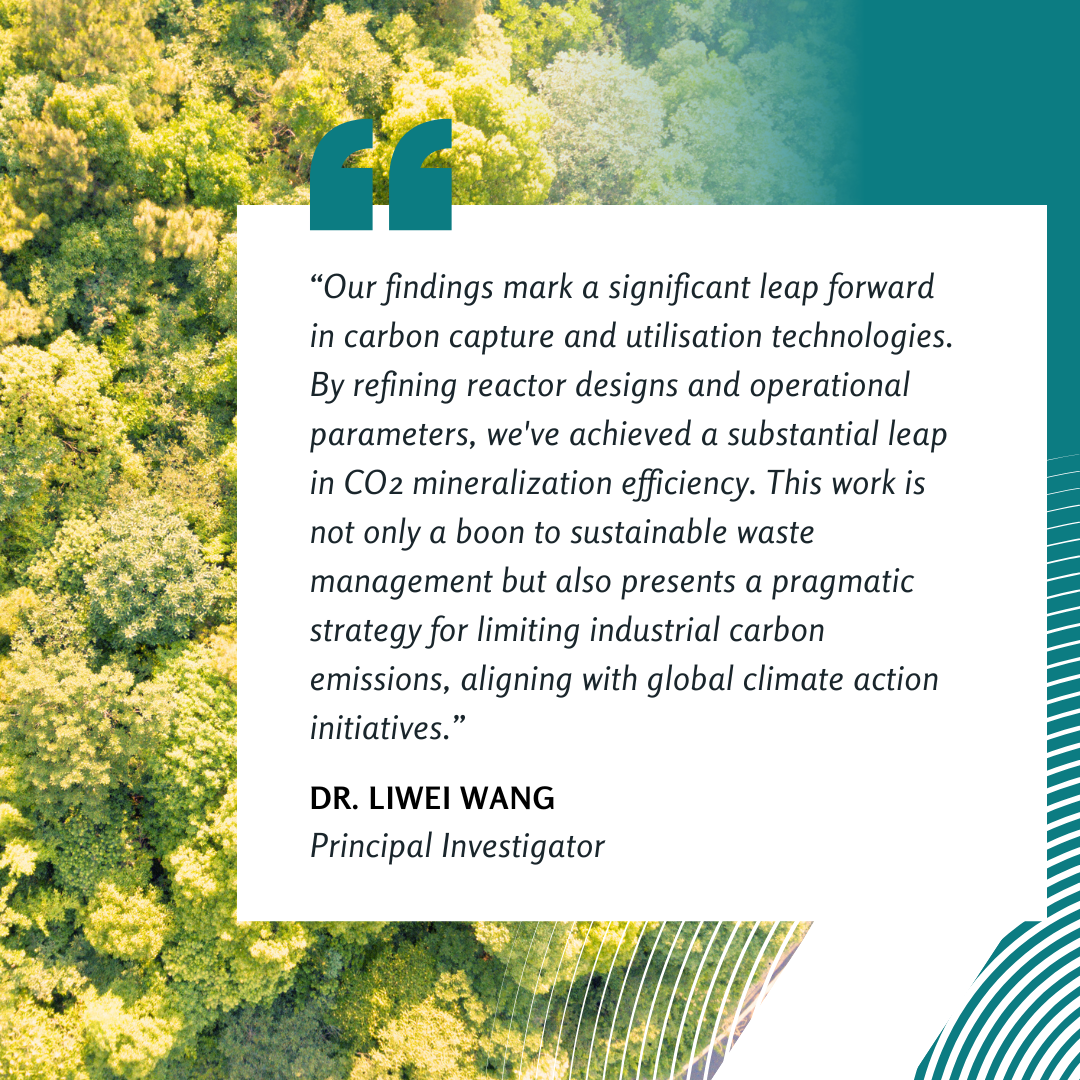Your cart is currently empty!
Fly Ash Use in New Reactor Design Boosts CO2 Mineralisation Efficiency
The continuous advancement of industrialisation has brought with it a significant increase in CO2 emissions, a major contributor of global warming. Current technologies for carbon capture, utilisation, and storage (CCUS) face challenges related to their effectiveness and cost.
Fly ash, a coal combustion by-product, offers a promising avenue for CO2 mineralisation, turning waste into a resource and reducing emissions. However, current reactor designs face challenges in achieving the necessary balance between gas-particle interactions and operational efficiency. These obstacles highlight the urgent need for thorough exploration of novel reactor configurations and precise operational adjustments.
Shanghai Jiao Tong University’s cutting-edge research on fly ash mineralisation reactors was published in the Energy Storage and Saving journal on May 7, 2024. The study (DOI: 10.1016/j.enss.2024.04.002), subjected to meticulous computational optimisation, unveils a pioneering reactor design anticipated to escalate the efficacy of CO2 capture and mineralisation.

The research introduces a pair of reactor designs, each carefully sculpted for CO2 mineralisation using fly ash, with computational fluid dynamics leading the optimisation efforts.
-
The impinging-type inlet design stands out for its increased interactions between gas and particles, thereby prolonging the time particles spend in the reactor and significantly enhancing mineralisation rates.
-
The quadrilateral rotary-style inlet, in contrast, has streamlined flow for comprehensive mixing and reaction efficacy.
A thorough investigation into operational factors such as flue gas velocity, carrier gas velocity, and particle velocity has identified optimal ranges. These ranges are expected to significantly improve reactor performance, ensuring effective CO2 mineralisation and phase separation post-reaction.
The research bears profound implications for coal-fired power plants, offering a transformative use for the fly ash they generate. By channelling this by-product into CO2 mineralisation, the study paves the way for diminished carbon emissions and a reduction in the environmental burden of fly ash disposal. The broader applications of this research are expansive, presenting a harmonious solution to waste management and CO2 sequestration that could very well redefine CCUS technology approaches.
To see the paper click the link below:
https://www.sciencedirect.com/science/article/pii/S2772683524000165
